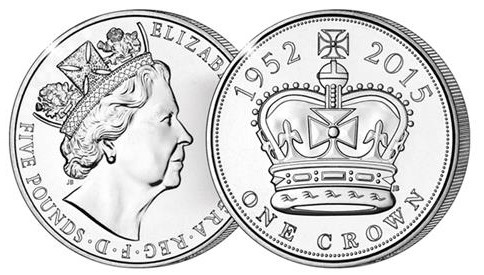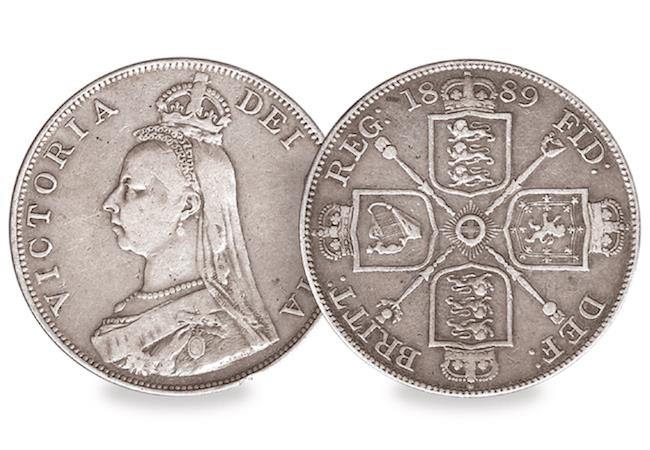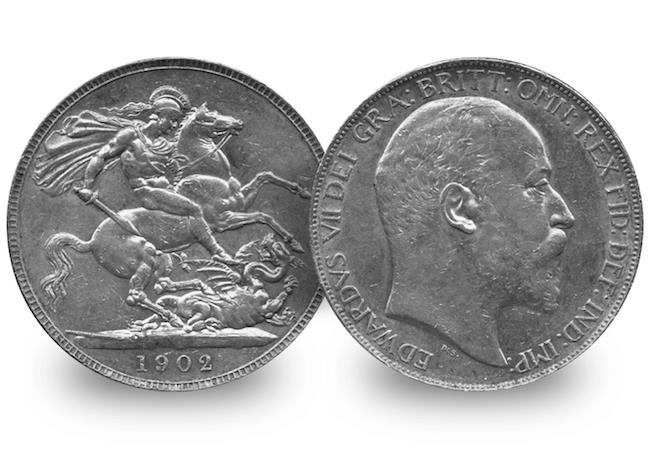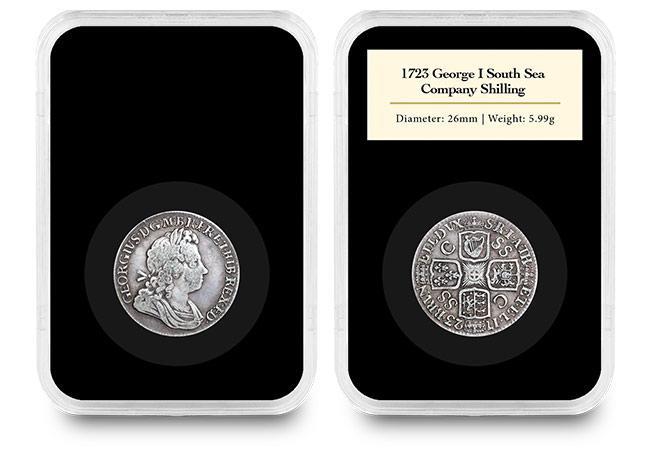Posts Tagged ‘coin care’
EXPERT GUIDE: building a historic coin collection
One of the questions I get asked most, by my friends and others in the coin business, is: what is the best (and most affordable) way to build an enviable collection of historic coins?
There are so many fascinating coins in British history, it’s a question that is hard to answer. Where do you start!?
Which is why I’ve decided to put together an Expert Guide to building a collection of historic coins, by answering some of the questions I hear most often from collectors…
How far back can I go?
One of the questions collectors face when they first start collecting historic coins is: how far back can I go? Is a Victorian coin affordable, and did every monarch release coins?
As a general rule, coins tend to get more expensive the further back in time you go. Which is why owning a coin from our current monarch is the best place to start. You can then work your way back through other famous monarchs.

Most collectors can aim to collect coins from each monarch back to the 17th century. After the tumultuous leadership of Oliver Cromwell, Charles II reclaimed the throne and began a period of standardised coin issue. For most collectors it’s possible to collect coins back to this fascinating period in history without breaking the bank!
Which are the important monarchs?
A great coin collection should contain coins issued by famous monarchs, monarchs that changed the history of our nation and ones that revolutionised our coinage.
An obvious monarch is Queen Victoria – the monarch who built the largest Empire the world has ever seen and who oversaw some of the greatest changes our nation has ever experienced. And every collection should contain an important issue by our current monarch, Queen Elizabeth II, the longest reigning monarch in our nation’s history! And you can’t leave out George III, not only did he oversea a complete overhaul of our currency but he’s also our longest reigning King.

Those are just a few of the key monarchs, but once you start collecting you’ll find that each monarch has a fascinating story and a number of really interesting coin issues.
Base metal, Silver or Gold?
Gold has historically been seen as the pinnacle for collectors. But this famous metal comes with its difficulties. Gold coins were issued in much smaller numbers, and not every monarch released a standardised gold coin. Which means that to own a Gold coin from some monarchs is extremely difficult – for example George VI only issued a Sovereign for one year of his reign.

Base metal and Silver coins tend to be much more achievable for most collectors. Base metal coins (pennies, farthings and the like) tend to be less expensive, however because of their lower value the quality of coins can vary widely. Silver coins were issued by most monarchs, and because of their slightly higher value tend to be found in better grades.
How should I store my coins?
The wear and tear of an old coin is part of the appeal of collecting historic coins, but it’s important to protect your coins from any outside interference that could potentially discolour, wear or generally affect the condition of your coin.
I would recommend always storing your coins in capsules, and if possible in a tamperproof capsule that will guarantee the condition of your coin for generations to come. And as you build your collection, there’s nothing better than having a box with trays to keep your collection together for you to store and present.

How much will it cost me?
For most collectors building a historic coin collection, one of the most confusing elements can be price. The prices for historic coins can vary widely – you might find an old Victorian penny at a car boot for less than £10 and then see what looks like the same coin selling for hundreds on an online auction site.
I’d always recommend purchasing carefully, preferably by making sure you either have an expert opinion or by ordering from a reputable retailer. By making sure you’re getting your coins from the right place, building a collection of Silver coins back to the 17th century is actually more affordable than many collectors realise – in fact most coins should cost between £100 and £500.
Lastly… have fun!
The most important part of collecting coins is having those coins in your hand and feeling the history your coin has carried with it over generations. So have some fun and get collecting!
If you would like to learn more about building your own historic coin collection, with some expert guidance, just fill out the form below. One of our team will be in contact with you soon:
Coin Collecting – a fascinating and rewarding hobby PART III – Collecting Made Easy
Look at the change in your purse or pocket and you’ll see some coins are bright and new looking, while others look worn and battered. For collectors, the condition of a coin is very important – the difference in price between a “Fine” condition coin and an “Uncirculated” condition coin can be huge. The grading system used in the UK is:
- Poor – considerably worn, of little value to the collector unless of very rare type or date
- Fair – Worn but with dates and legends still visible
- Fine (F) – Considerably worn on raised surfaces, caused by circulation or faulty striking in older coins
- Very Fine (VF) – some limited circulation wear
- Extremely Fine (EF) – very little circulation or wear, only visible on close examination
- Uncirculated (UNC) – in new condition fresh from the mint, probably not absolutely perfect because of mass production and handling methods
- Brilliant Uncirculated (FDC) – absolutely flawless, produced and handled apart from the main coin production line – sometimes known as “Fleur-de-Coin”
- “Proof” coins are produced in limited quantities – called an “Edition Limit” in a separate process from that used to produce circulation coins. They are struck several times with special highly polished dies and usually have a mirror lustre back ground, with frosted relief.
These aren’t hard and fast rules and even experts might disagree on differences but as you build your knowledge and examine more coins, you’ll learn to recognise and assess coin quality. It’s a good idea to get a good magnifying glass to examine your coins for signs of wear and damage and assess their condition.
Displaying and protecting your coin collection
As you add to your coin collection, it’s likely to grow in value so you will want to protect it. Normally your collection should be covered by your household insurance, but if you have high value coins, especially gold coins, these will have soared in value so you should notify your insurers. They might advise you to keep them in a bank but you may want to protect your coins at home where you can enjoy them. Avoid keeping coins jumbled together, as they will become scratched. The Westminster Collection usually supplies coins in some form of protective capsule, sleeve or presentation case, depending on their value.
Albums with protective transparent sleeves, including individual coin envelopes, are a low-cost starting point, protecting your coins while allowing you to examine them. You can later progress to plastic or wooden display cases. When storing copper or bronze coins it’s important to keep them in a dry atmosphere, since damp may turn them green. In fact, avoid cleaning if possible, since even minute abrasion can affect values. Dirty gold and silver can be gently washed in soap and water. Avoid handling coins, but if you need to, handle them by the edges.
Useful coin collecting terms
- Obverse – the side of the coin with the monarch’s head – hence “Heads”
- Reverse – the other side, “Tails”, usually bearing an emblem or other design
- Type – the main design on a coin
- Field – the part of a coin between the Type and Legend or edge
- Legend – the words around the edge of a coin, often the monarch’s name and a motto or title
- Exergue – the section of a coin containing the date, usually on the reverse below the main design
- Die – the block of hardened metal with a design or effigy engraved on it, used to impress the design onto a coin blank
- Hammered Coin – the earliest method of striking a coin, by placing a coin blank between two dies and hammering the top die. Used in Britain up to 1662
- Milled Coin – a machine made coin struck in a coining press. First used in 1560, hand powered, steam powered from c.1800, electrically powered from 1895
- Mint – an organisation authorised to strike coins and medals. The British Royal Mint is one of the oldest and most respected in the world dating back to the 7th century
- Condition – the state of wear on a coin, graded inBritain from “Poor” or very worn, to “Uncirculated”, or fresh from the mint
- Proof – not a coin grade or condition but a type of coin, struck using polished dies in a separate minting process, to produce an immaculate coin
